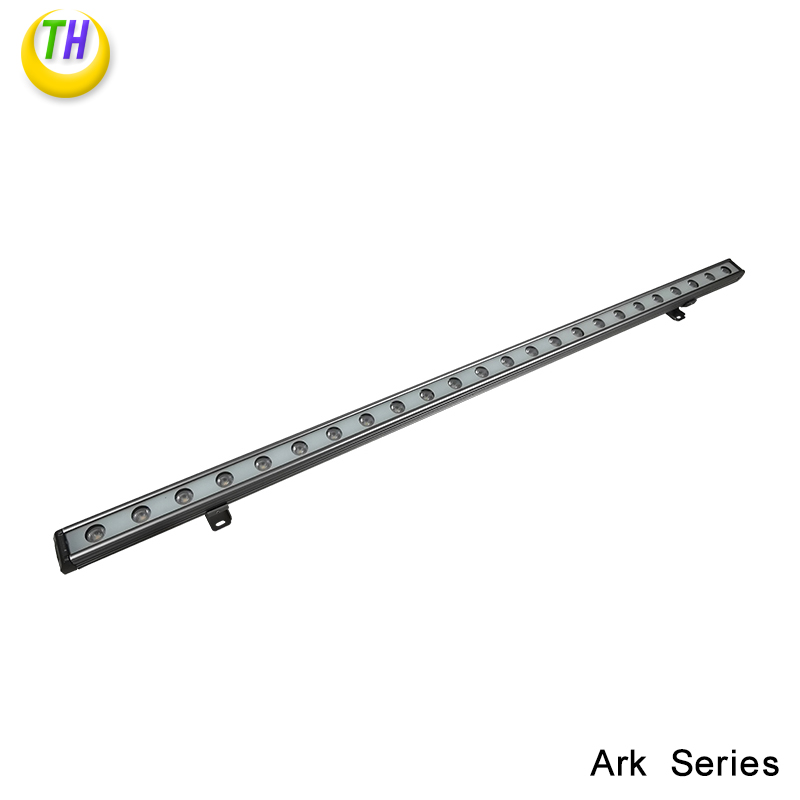A new interpretation of nonlinear optical mechanisms
- 2020-07-04
- Views:0
A new interpretation of nonlinear optical mechanisms
(Summary description)
- Categories:NEWS
- Author:
- Origin:
- 2020-07-04
- Views:0
Our current understanding of nonlinear optics under moderate light intensity is based on the so-called Kerr nonlinearity, which describes the nonlinear displacement of tightly bound electrons under the influence of incident light field. When the field is strong enough to eject the bound electrons from the ground state, the picture changes dramatically. At the long-wave advantage of the incident light field, this is related to tunneling, a quantum process in which electrons pass through a barrier formed by the combined action of light forces and atomic potentials to form a classical forbidden band.
Since the 1990s, pioneered by Canadian scientist Franois Brunel, the motion of electrons at the "end of a tunnel", occurring with the highest probability at the crest of a light wave, has been considered an important source of optical nonlinearity. This situation has now changed fundamentally. "With new experiments in glass, we can show that the current generated by the quantum mechanical tunneling process itself generates an optical nonlinearity that goes beyond the traditional Brunel mechanism," explained Dr Alexandre Mermillod Blondin of the Institute for Nonlinear Optics and Short Pulse Spectroscopy, who took part in the experiment. In the experiment, two ultrashorter pulses with different wavelengths and slightly different directions of propagation were focused on a glass flake, and their emission was analyzed by time and frequency resolution.
Professor Thomas Fennel, who works at the University of Rostock and the Max Planck Institute, used a theoretical analysis of the measurements in the Framework of the Heisenberg Alliance to identify the mechanism that caused the emission. "The analysis of the measured signal based on what we call effective nonlinearity is key to distinguishing the new ionization current mechanism from other possible mechanisms and demonstrating its advantages," Fennel explains.

Scan the QR code to read on your phone

E-mail: info@tonghuilighting.cn
ADD: No. 1, Guiding Road, Licang District, Qingdao, Shandong, China
Tel: +86-532-80928966 +86-532-80925662


